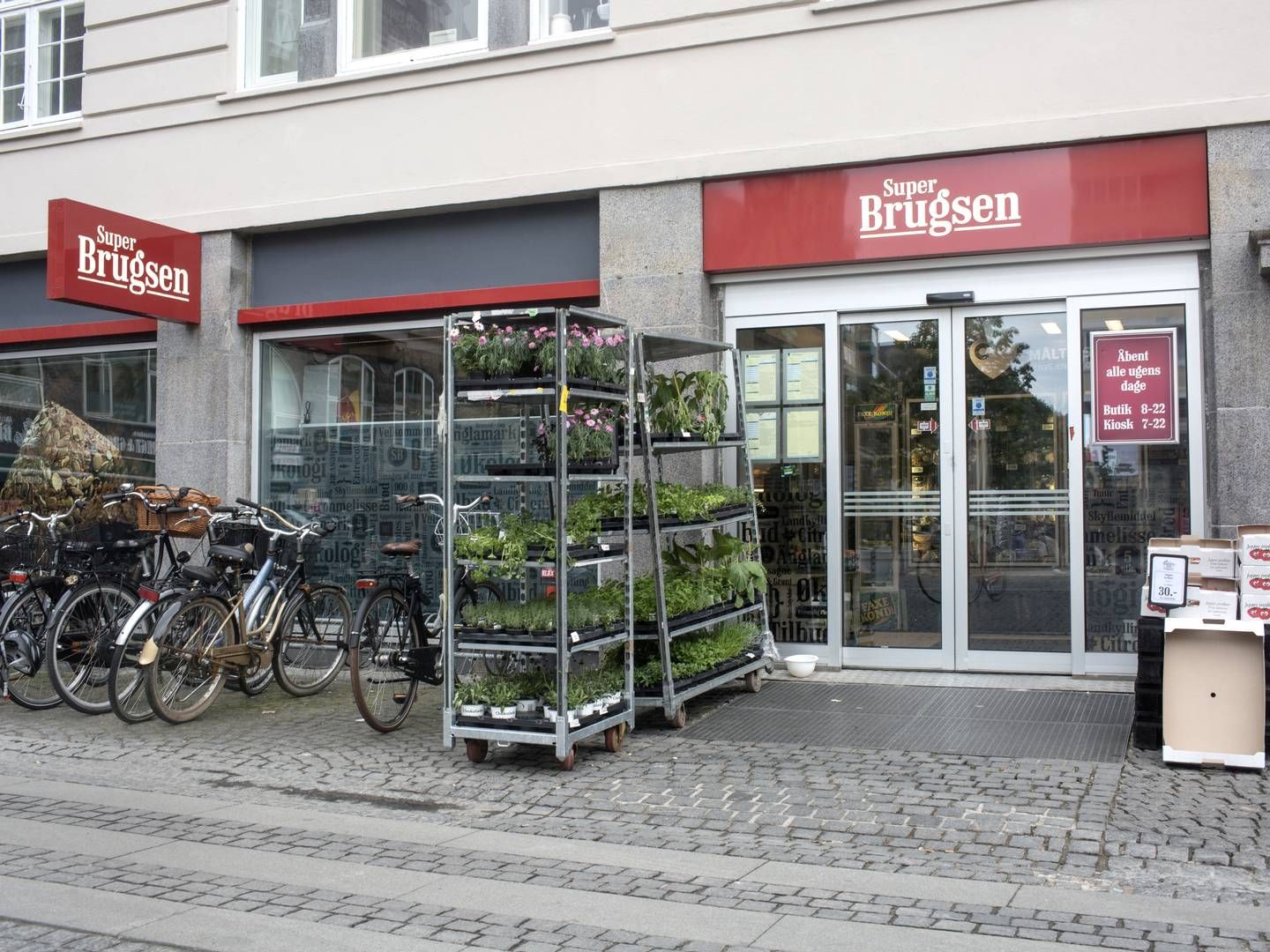79 spørgsmål til dit nyhedsbrev
I en ny rapport fra Nielsen Norman Group fandt brugeradfærds-eksperter at web-brugere har en mere positiv indstilling til nyhedsbreve end til websider. Det fremkom også at de virksomheder og organisationer som benytter sig af nyhedsbreve i kommunikationen med deres kunder, har en stærkere position, end de virksomheder og organisationer som ikke kommunikerer gennem nyhedsbrev.
Rapporten er resultatet af en undersøgelse hvor Nielsen Norman Group bad et antal interviewpersoner vurdere nyhedsbreve efter kriterierne læsbarhed, informationsindhold, sprog, design og hvor forståeligt indholdet var.
Rapporten præsenterer desuden 79 retningslinier for hvordan man skaber et effektivt nyhedsbrev, og hvordan man undgår de almindeligste misforståelser. Disse følger her:
Design Guidelines
The following guidelines can be used to improve the sign up process for newsletters,
newsletter content and presentation, and the unsubscribe process. Because sites
and newsletters vary, not all guidelines will apply to all sites and newsletters.
SUBSCRIPTION
-
1. Link to the newsletter in the main site navigation or at the bottom of the page.
2. If you allow users to sign up on the homepage by entering their email address, make sure that any filler text in the text box clears when the user clicks in the box.
3. If you give users the option to enter their email addresses on the homepage, make sure pressing the Enter key submits the data.
4. Clearly name the link to the newsletter. Use the word newsletter or the expression sign up. Make it clear if there is more than one newsletter.
5. Distinguish between paid subscriptions and free email newsletters. Use the word subscribe carefully.
6. Give your newsletters easy to understand names and provide explanations of what they are and how frequently they will be sent.
7. Do not use pop up windows to promote newsletters.
8. Don’t require site registration unless there’s a reason for it. Clearly state the benefits of registration for the user. Allow users to sign up for newsletters without registering for the site.
9. Clarify between registering with the site and logging in to the site. If a user tries to sign in with an email address that is not yet registered, give them a clear link to the new user registration.
10. If you require registration, clarify if a user is registering for the site, a newsletter, or both.
11. Include newsletter subscription information in your site help and include subscribe, unsubscribe and newsletter in your site search.
12. If there is more than one way to sign up, let users access the same content through any path they choose.
13. Offer samples or thumbnail images of newsletters as part of the subscription process.
14. Provide archives of your newsletter on your site.
15. Only require users email addresses and, if necessary, names during sign up. If you ask for anything else, ask for five or fewer additional pieces of information and make them clearly optional.
16. Ask for all user information in one short form.
17. Use the same sign up processes for each newsletter on your site.
18. Offer a choice of HTML or plain text and explain the difference. Specifically recommend which selection AOL users should make.
19. Don’t pre-select information in dropdown menus. Set the default to an appropriate description of the piece of information requested, such as “Select Departure City”.
20. Let users opt in, or choose to receive special offers and extra email marketing.
21. Distinguish between opting in for newsletters and opting in for additional mailings from the site.
22. Highlight your own content over advertisers and junk mail.
23. Include unsubscribe information in the sign up process.
24. Highlight the main features of your privacy policy on the registration page. Link to your full policy, which should be written in clear language that is easy to skim. If it changes, tell users.
25. Write error messages that clearly and accurately define the problem and solution. Put error messages on the same page as data entry.
26. Test your newsletters in various email programs and browsers. If you have known issues with certain email programs, tell users about them during sign up.
27. Make additional steps easy to skip.
28. Tell users when the sign up process is complete. Confirm which email address users entered and which newsletters they signed up for, and include a link to account details where appropriate.
29. Provide links to content at the end of the sign up process.
30. Don’t show users back end data.
31. Do not require users to reply to confirm their subscriptions. Instead, send a welcome message instructing users how to unsubscribe easily if they were signed up erroneously. If users do need to reply to an email to confirm their subscription, warn them during the sign up process and on
the confirmation screen.
32. If it is necessary to send a confirmation message, do so from a clear sender with an explanatory subject line. Include immediately clear instructions on how to confirm and start subscriptions at the beginning of the email.
33. Send one welcome message to the user confirming their subscription, reminding them what they signed up for, and telling them what they need to remember to unsubscribe or change their preferences.
NEWSLETTER CONTENT AND PRESENTATION
-
34. Match newsletter frequency to content.
35. Send the newsletter from a logical address, such as the name of the newsletter or the site name, each time it is sent. Only use a person’s name in special cases, where the newsletter is always written by the same, well-known person.
36. Include content in the subject line.
37. Limit the subject line to 50-60 characters.
38. Don’t repeat information in the subject line and sender.
39. Design the newsletter to relate to the website, but not replicate it completely.
40. If you ask for personal interests during registration, use that information to personalize the newsletter.
41. Limit your newsletter to five screens of content or fewer.
42. Limit file size to 20-30 kB or less.
43. Only include content relevant to the subject matter of the newsletter.
44. Provide adequate content in the newsletter to let users decide if they want to read more information on your site.
45. Link directly to content, not just to the homepage or a random page on the site.
46. Create a plain text version of your HTML newsletter.
47. Use headlines and spacing to clearly define content areas.
48. Provide details and concise content in newsletters, regardless of the style it is written in. Limit catchy phrases and promotional hype.
49. Make it possible and simple to print newsletters and the content they link to.
50. If you link to pay content, make sure it’s clearly differentiated from free content.
51. Include aspects of community in the newsletter where applicable.
52. Make sure your newsletter contains no spelling or grammatical errors.
53. Start the newsletter with content, not a lengthy definition of the newsletter.
54. Only use images that add to the substance of the newsletter. Use colors and white space to highlight areas and content.
55. Limit the amount of fine print in the newsletters.
56. Make sure content in the newsletter is timely.
57. Limit ads and regulate their placement. Make them as applicable to the content as possible.
SUBSCRIPTION MAINTENANCE AND UNSUBSCRIBING
-
58. Include a link to unsubscribe in every email.
59. Give users maintenance options for their newsletter subscriptions, allowing them to update email addresses and change format options.
60. In each email newsletter, include the email address to which the email is being sent.
61. Don’t hide the unsubscribe text in fine print. Place links to unsubscribe at the top of the fine print or the bottom of the email.
62. Use clear terms in subscription maintenance. Use the term cancel or unsubscribe.
63. Make links for unsubscribing active links. Don’t make users copy and paste. If users must send an email to unsubscribe, make the email address a mailto link.
64. Provide a way to unsubscribe directly through the site that does not rely on the email message.
65. Don’t make users log in to unsubscribe.
66. Give users simple ways to recover their usernames and passwords.
67. Use a familiar and identifiable visual design for the unsubscribe process.
68. Link users to an unsubscribe page that lists their email address, the newsletters they are receiving, and a one-click way to unsubscribe from any or all newsletters.
69. Let users unsubscribe from all newsletters on the same page. Don’t make them go through a separate process for each newsletter.
70. Don’t use your subscribe process as your unsubscribe process. To do so is illogical and confusing, making users doubt their success.
71. Make the unsubscribe process self-explanatory. If you have to include instructions, include them in the email and on the site, and make sure they are clear.
72. Offer users a frequency option as an alternative to unsubscribing.
73. Let users cancel their site registration as well as their newsletter subscriptions.
74. At the end of the process, show the user a confirmation screen listing his email address and what he unsubscribed from.
75. Send only a single confirmation email after a user unsubscribes. Do not send them any mail after that.
76. Tell users how long it may take for your system to register their changes.
HOW TO AVOID BEING MISTAKEN FOR JUNK MAIL
Note: Some of the guidelines listed above can also help distinguish
legitimate email from unsolicited junk mail. See guidelines 26 (testing
newsletters in various email programs), 35 (sending email from a logical
address), 36 (including content in the subject line) and 68 (linking users
to a simple unsubscribe page).
-
77. Send email on a regular schedule, at the same time on the same day or days of the week.
78. Avoid words like free, debt and prescription in your subject lines. Avoid excessive exclamation points.
79. In the newsletter, remind users that they requested to receive email.





































